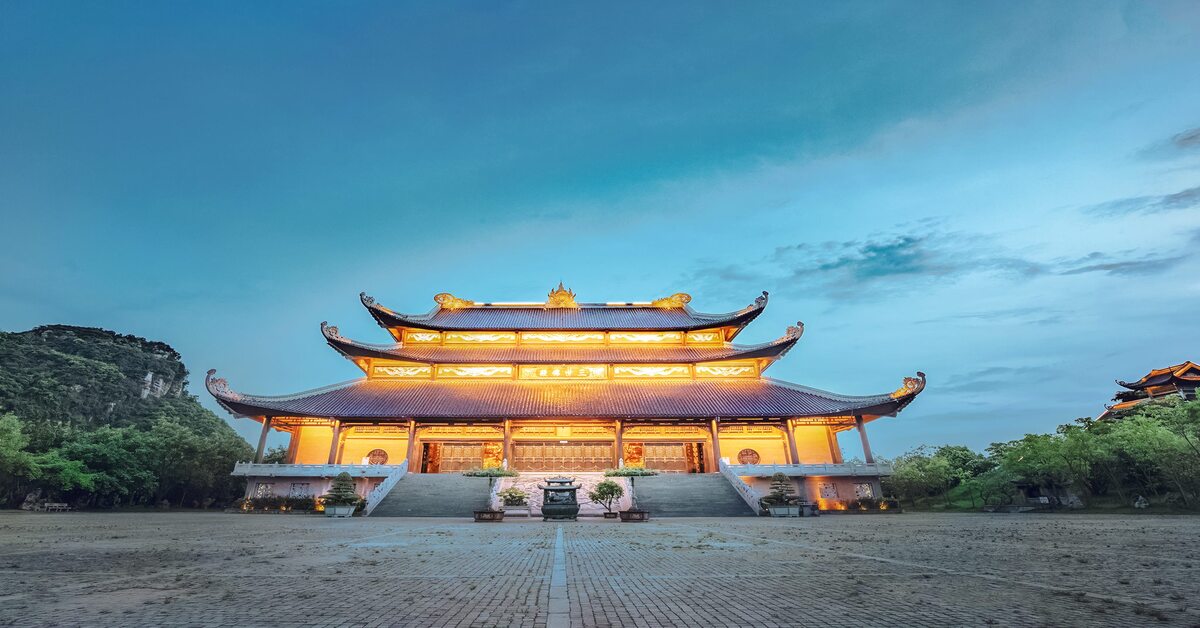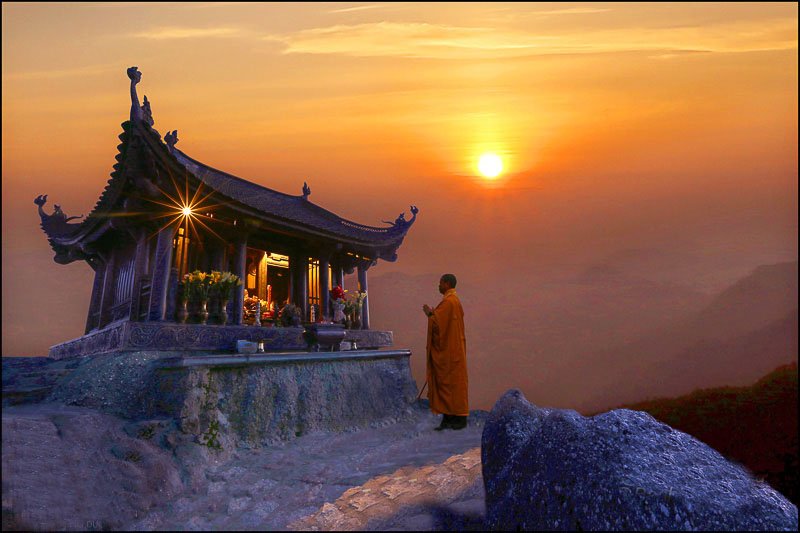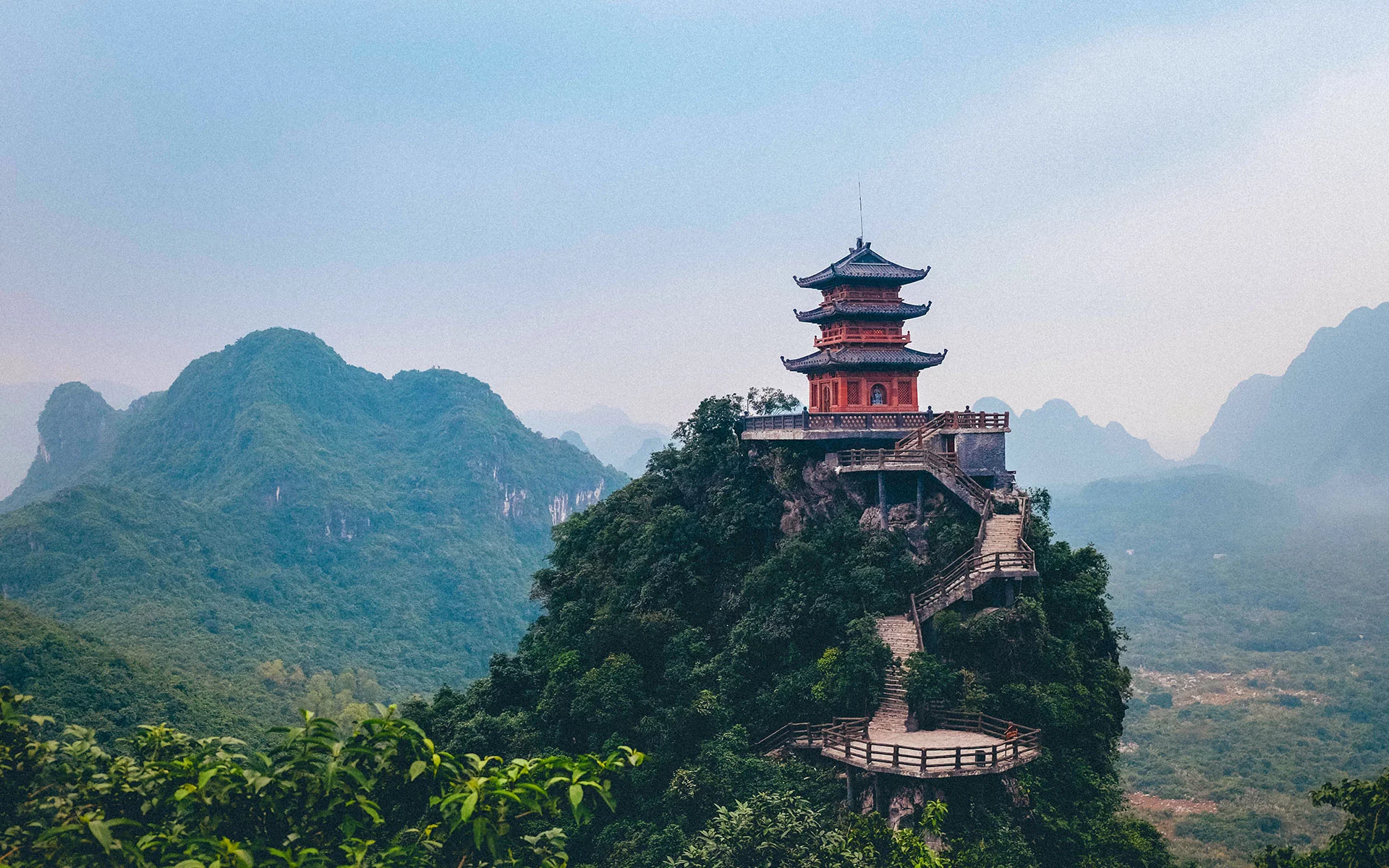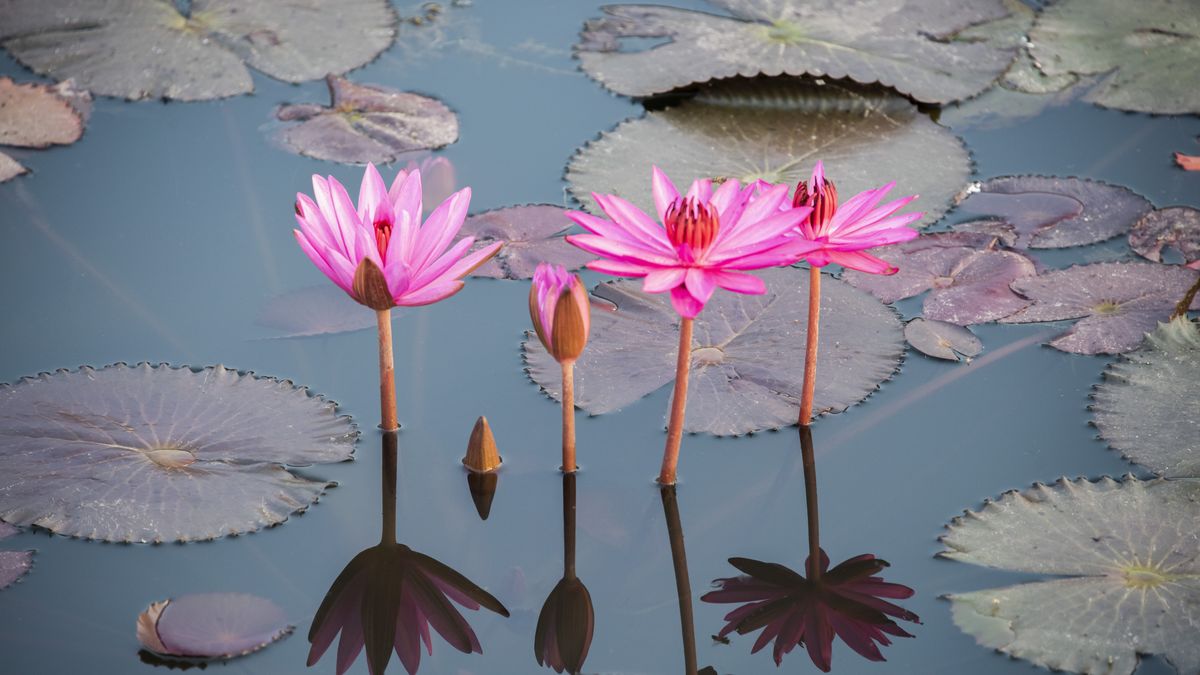
Buddhism in Vietnam: A Deep Dive into Faith and Pagoda in Vietnam
Vietnam, a land steeped in rich history and breathtaking beauty, is also home to a vibrant tapestry of beliefs. Among these, Buddhism reigns supreme, shaping the very essence of Vietnamese culture. This comprehensive guide invites you on a profound journey into the heart of Vietnamese Buddhism and Pagoda in Vietnam.

Vietnamese’s culture beliefs
Vietnamese culture is a fascinating tapestry woven from traditions, religions, and philosophies that have evolved over centuries. Here’s a glimpse into some of the core cultural beliefs held by Vietnamese people:
1. Ancestor Worship:
A cornerstone of Vietnamese belief is the deep respect and reverence for ancestors. Ancestors are seen as guiding and protecting their families from the spirit world. Offerings of food, incense, and prayers are made to honor them, particularly during holidays and important events.

2. Family and Community:
Family and community hold immense importance in Vietnamese society. The emphasis is on filial piety, where respect and care for parents and elders are paramount. Harmony within the family and community is highly valued, with a strong sense of collectivism guiding decision-making.
In Vietnam, a communal house, also known as a đình (Đình) or đình làng (đình làng), is a significant building found in villages. It’s more than just a structure; it’s a cultural and social hub that serves several purposes:
Religious Site:
Primarily, the communal house functions as a place of worship for the village’s guardian spirit, Thành hoàng (Thành hoàng). This spirit is often a historical figure, hero, or founder of the village, revered for protecting and bringing prosperity to the community.
Community Center:
The communal house transcends religious purposes and serves as a central gathering place for villagers. It’s a venue for important community events and celebrations like festivals, weddings, and funerals.
Cultural Symbol:
The communal house embodies the village’s cultural heritage and traditions. Its architecture reflects regional styles and craftsmanship, often featuring intricate carvings, tiled roofs, and courtyards.
Overall, the communal house in Vietnam is a multifaceted landmark. It’s a place of worship, a community center, a cultural symbol, and a link to the village’s history.
3. Buddhism, Confucianism, and Taoism:
While Vietnam boasts religious diversity, a unique blend of three philosophies has significantly shaped its culture:
- Buddhism: The emphasis on mindfulness, compassion, and achieving enlightenment is deeply ingrained in Vietnamese society.
- Confucianism: Values like respect for authority, social order, and education are evident in Vietnamese social structures and family dynamics.
- Taoism: The concept of living in harmony with nature and achieving balance is reflected in Vietnamese art, architecture, and traditional medicine.

4. Animism and Folk Beliefs:
Vietnam’s indigenous belief systems, centered around animism, continue to influence Vietnamese culture. Respect for spirits and the natural world is often intertwined with Buddhist and Taoist practices. Many believe in spirits residing in natural features and everyday objects.
5. Patriotism and Resilience:
Vietnamese people possess a strong sense of national pride and resilience. Their rich history, marked by struggles and triumphs, has fostered a deep love for their country and its traditions.
Understanding these core cultural beliefs can provide valuable insight into Vietnamese customs, social interactions, and overall way of life. It’s a culture that cherishes family, respects tradition, and strives for harmony within the self, family, and the natural world.
Discover Buddhism in Vietnam: A Deep Dive into Faith and Pagoda in Vietnam

Buddhism has left an indelible mark on Vietnamese culture, shaping its religious beliefs, art, architecture, and social values. Here’s a deeper look at Vietnamese Buddhism and the significance of pagoda in Vietnam:
Roots of Buddhism in Vietnam:
- Early Arrival: Buddhism arrived in Vietnam around the 2nd century BCE, likely through trade routes from India and China.
- Flourishing Faith: Over the centuries, Buddhism adapted and blended with indigenous Vietnamese beliefs and philosophies like Confucianism and Taoism, creating a unique Vietnamese Buddhist tradition.
- Main Branches: There are two main branches of Buddhism practiced in Vietnam: Mahayana and Theravada.
- Mahayana Buddhism: The dominant branch, emphasizing compassion for all beings and the path to enlightenment for everyone.
- Theravada Buddhism: Found primarily in the south, focuses on individual enlightenment through following the teachings of the Buddha.
Core Beliefs and Practices of Pagoda in Vietnam:
- The Four Noble Truths: The foundation of Buddhist teachings, outlining the reality of suffering, its cause (desire), the end of suffering (nirvana), and the path to achieve it (the Eightfold Path).
- Meditation: A central practice for cultivating mindfulness, concentration, and inner peace.
- Karma and Rebirth: The belief in the law of karma, where actions have consequences, and the cycle of rebirth until achieving enlightenment.
- Merit-Making: Performing good deeds to accumulate merit, which can improve one’s karma and future lives.
Pagoda in Vietnam: A Spiritual Hub

Pagoda in Vietnam is the cornerstone of Vietnamese Buddhist practice, serving as:
- Places of Worship: Devotees come to pray, meditate, and make offerings to the Buddha and other deities.
- Monasteries: Many pagodas house monks and nuns who dedicate their lives to studying and practicing Buddhism.
- Community Centers: Pagodas often serve as gathering places for religious ceremonies, festivals, and community events.
- Architectural Marvels: Pagodas showcase stunning Vietnamese architecture, featuring intricate carvings, courtyards, and tiered roofs symbolizing the path to enlightenment.
Famous Pagoda in Vietnam
- One Pillar Pagoda (Hà Nội): A unique pagoda built on a single pillar resembling a lotus flower.
- Jade Pagoda (Hồ Chí Minh City): A magnificent pagoda adorned with intricate jade sculptures.
- Perfume Pagoda (Hà Nội): A sprawling complex nestled amidst limestone mountains, attracting pilgrims during festivals.
Buddhism’s Influence on Vietnamese Culture:
Buddhist values like compassion, respect for life, and non-violence have permeated Vietnamese society. Vegetarianism is encouraged, and pagodas often run social services to help the less fortunate. The emphasis on mindfulness and inner peace contributes to the Vietnamese concept of living in harmony with oneself and the natural world.
Beyond the Basics:
- Syncretism: Vietnamese Buddhism is known for its syncretic nature, blending Buddhist teachings with elements of folk religion and ancestor worship.
- Monastic Life: Vietnamese monastic life has a rich tradition, with monks and nuns playing a significant role in preserving Buddhist teachings and culture.
- Modern Challenges: Modernization and rapid social change pose challenges for Buddhism in Vietnam, yet it remains a vibrant force in Vietnamese society.
Understanding Vietnamese Buddhism and the cultural significance of pagodas offers a deeper appreciation for this rich and enduring tradition. It’s a religion that has shaped not only beliefs but also the very fabric of Vietnamese culture.
Lotus flower and the link with Pagoda in Vietnam

Lotus flower is a powerful symbol of Buddha in Vietnam, deeply intertwined with Vietnamese Buddhism. Here’s why:
- Purity and Enlightenment: The lotus flower emerges pristine and beautiful from muddy water, representing Buddha’s teachings rising above the negativity of the world.
- Detachment and Non-Attachment: Water droplets easily roll off the lotus petals, symbolizing the Buddhist concept of non-attachment and letting go of worldly desires.
- Spiritual Growth and Rebirth: The lotus flower blooms anew each day, reflecting the cycle of rebirth and the potential for spiritual growth.
Beyond Symbolism: The Lotus Flower in Vietnamese Buddhist Practices
- Offerings: Devotees often place lotus flowers on altars as offerings to the Buddha, symbolizing purity and devotion.
- Pagoda Architecture: Lotus flower motifs are frequently incorporated into pagoda architecture, adorning pillars, carvings, and even the layout of the pagoda itself.
- Art and Depictions: Buddhist art in Vietnam often features the lotus flower as a backdrop for Buddha statues or paintings, emphasizing his spiritual purity.
The National Flower of Vietnam
Interestingly, the lotus flower holds a dual significance in Vietnam. Not only is it a symbol of Buddha, but it’s also considered the national flower of Vietnam. This further emphasizes the deep connection between Buddhism and Vietnamese culture.
In conclusion, the lotus flower transcends mere decoration in Vietnamese Buddhism. It serves as a powerful visual reminder of the core Buddhist teachings, inspiring practitioners on their path to enlightenment. Its enduring presence in Vietnamese culture, from religious practices to national identity, reflects the profound influence of Buddhism on the nation.
See also:
Limousine Bus Vietnam vs. Other Bus Types: A Comparison Guide
